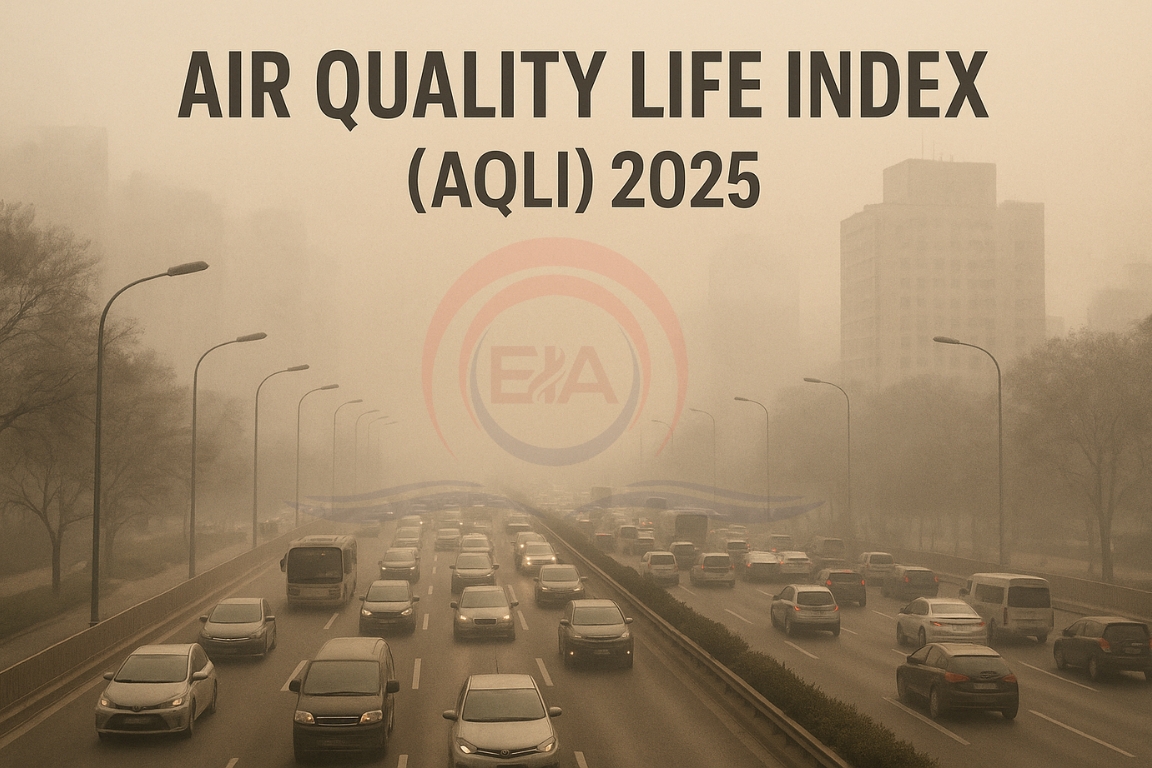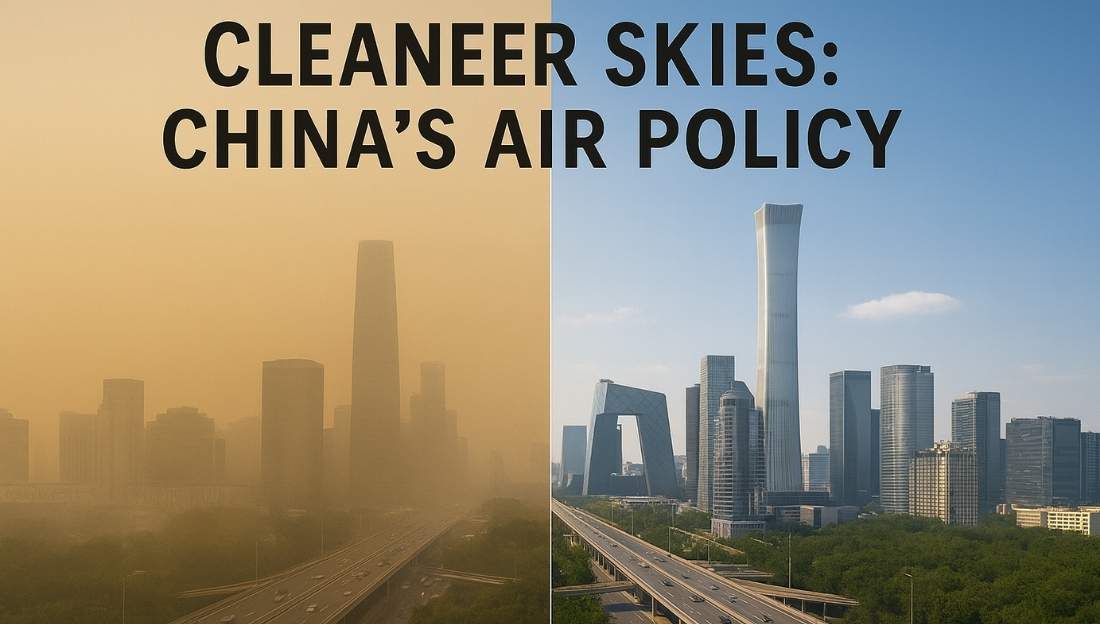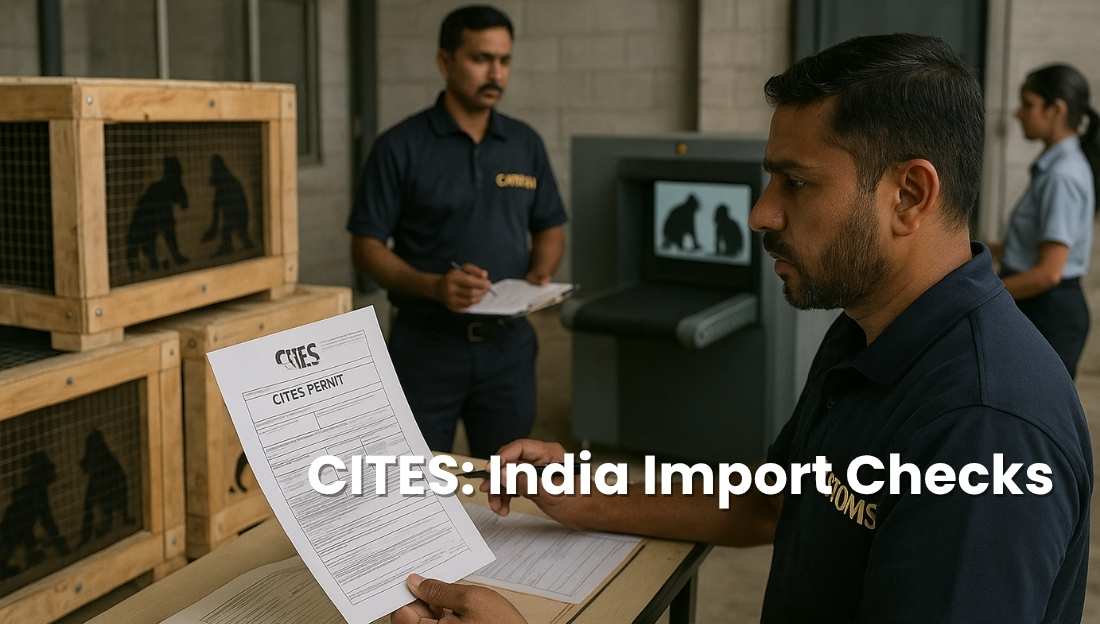Recent analysis highlights India’s robust economic growth, energy security, and reform-driven development, showing resilience despite global challenges and skepticism about the country’s economic prospects
Economic Growth Overview
- Q1 FY 2025-26 GDP growth: 7.8% (five-quarter high).
- Sectoral growth: Manufacturing 7.7%, Construction 7.6%, Services ~9.3%.
- Nominal GDP growth: 8.8%, reflecting rising consumption, investment, and efficient public infrastructure.
- Global standing: 4th largest economy, fastest-growing major economy; projected to surpass Germany before 2030.
- Contribution to world growth: Over 15% of incremental global growth; targeted to reach 20%.

Poverty Reduction and Inclusive Growth
- 24.82 crore people moved out of multidimensional poverty (2013-14 to 2022-23).
- Achieved through direct benefit transfers, access to bank accounts, clean fuel, health coverage, and tap water.
- India’s model: democratic, consensus-driven, and digitally enabled, enabling faster implementation of reforms.
Energy Security and Development
- India is the 3rd largest energy consumer, 4th largest refiner, and 4th largest LNG importer globally.
- Refining capacity: 5.2 million barrels/day, aiming to exceed 400 million tonnes per annum by 2030.
- Exploration acreage increased from 8% (2021) to 16% (2025), with OALP ensuring transparent bidding.
- Gas pricing reforms incentivize deepwater and new wells.
- Energy demand projected to double by 2047, accounting for nearly 25% of incremental global demand.
Energy Transition Initiatives
- Ethanol blending: From 1.5% (2014) to 20% today, saving ₹1.25 lakh crore in forex.
- Compressed biogas: 300+ plants under rollout; target 5% blending by 2028.
- Green hydrogen: Promoted by public sector units.
Global Compliance and Market Stability
- India’s purchase of Russian crude under G-7/EU price cap is fully compliant with international norms.
- Maintains stable domestic fuel prices via tax cuts and mandated domestic sales by refiners.
- Petroleum exports: Long-standing global supplier; no profiteering from current geopolitical conditions.
Industrial and Digital Growth
- Focus on semiconductors, electronics, renewables, defense, specialty chemicals.
- Production-Linked Incentives (PLI) and Gati Shakti logistics enhance industrial competitiveness.
- Digital infrastructure: UPI and startups boost productivity, formalisation, and exports.
Way Forward
- Projections: By 2038, India may become 2nd largest economy (PPP), with GDP > $34 trillion.
- Growth model emphasizes democracy, inclusivity, and human capital development.
- India’s strategy: Combine reforms, energy security, and technology adoption to sustain rapid and inclusive growth.
Conclusion:
India’s economy demonstrates strong growth, inclusive development, and energy resilience, supported by reforms, infrastructure, and digitalisation, positioning it as a key global economic player.





